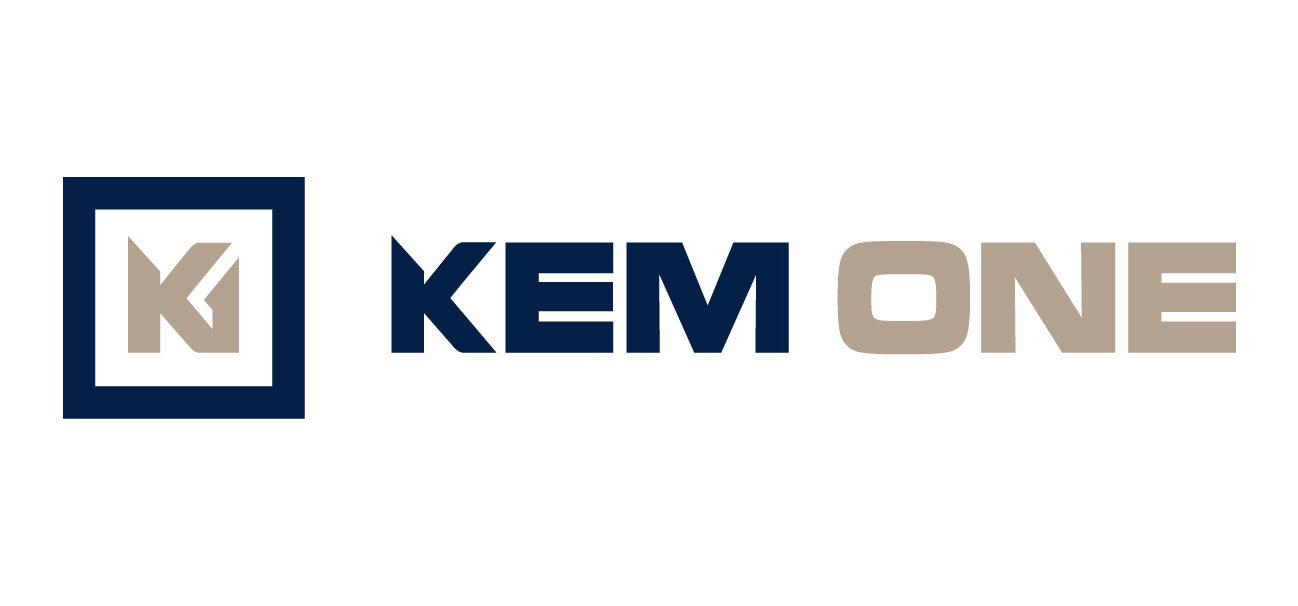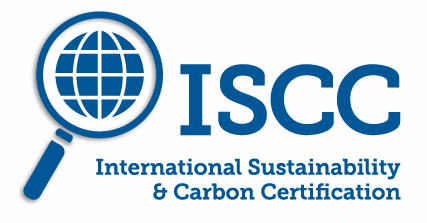Kem One propels its Fos-sur-Mer site among Europe’s best!

It’s official: the new membrane electrolysis unit in Fos-sur-Mer is up and running!
This strategic project, named ELYSE, modernizes the site with a more efficient membrane technology, recognized as a global benchmark. It ensures more reliable, competitive, and sustainable production, positioning the site among the most advanced in Europe. During his visit, Marc Ferracci, French Minister for Industry and Energy, emphasized “the strategic importance of Kem One’s Fos site for French industry.”
A major, transformative project driven by excellence
ELYSE mobilized more than 2,336 experts and 345 partner companies, supporting jobs and the local economy while strengthening Kem One’s position against global competition. Safety is a core value at Kem One: throughout the project, specialized teams and on-site supervisors worked tirelessly to guarantee a safe environment at every stage.
A significant step forward for our customers
Thanks to this new technology, Kem One now delivers:
– A stronger environmental commitment with an annual reduction of 50,000 tons of CO₂ – the equivalent of 25,000 round trips between Paris and New York.
– More efficient and reliable chlorine production, aligned with market needs.
– Enhanced caustic soda quality, a true mark of trust and excellence for industrial partners.
A project that reinforces Kem One’s ambition
With ELYSE, Kem One reaffirms its ambition: to provide innovative and sustainable solutions while ensuring the reliability and competitiveness our customers need to succeed in their markets.
Kem One warmly thanks Minister Marc Ferracci for his visit on March 24, 2025 and for his support at the launch of the new facilities. He highlighted: “At Kem One […] I observed how innovation and modernization enable us to meet both energy and competitiveness challenges.”
This project was supported by the French government as part of the Recovery Plan, with public funding representing around 10% of the project’s total cost.
Photo credit : Copyright Dirk Hanus/CAC




